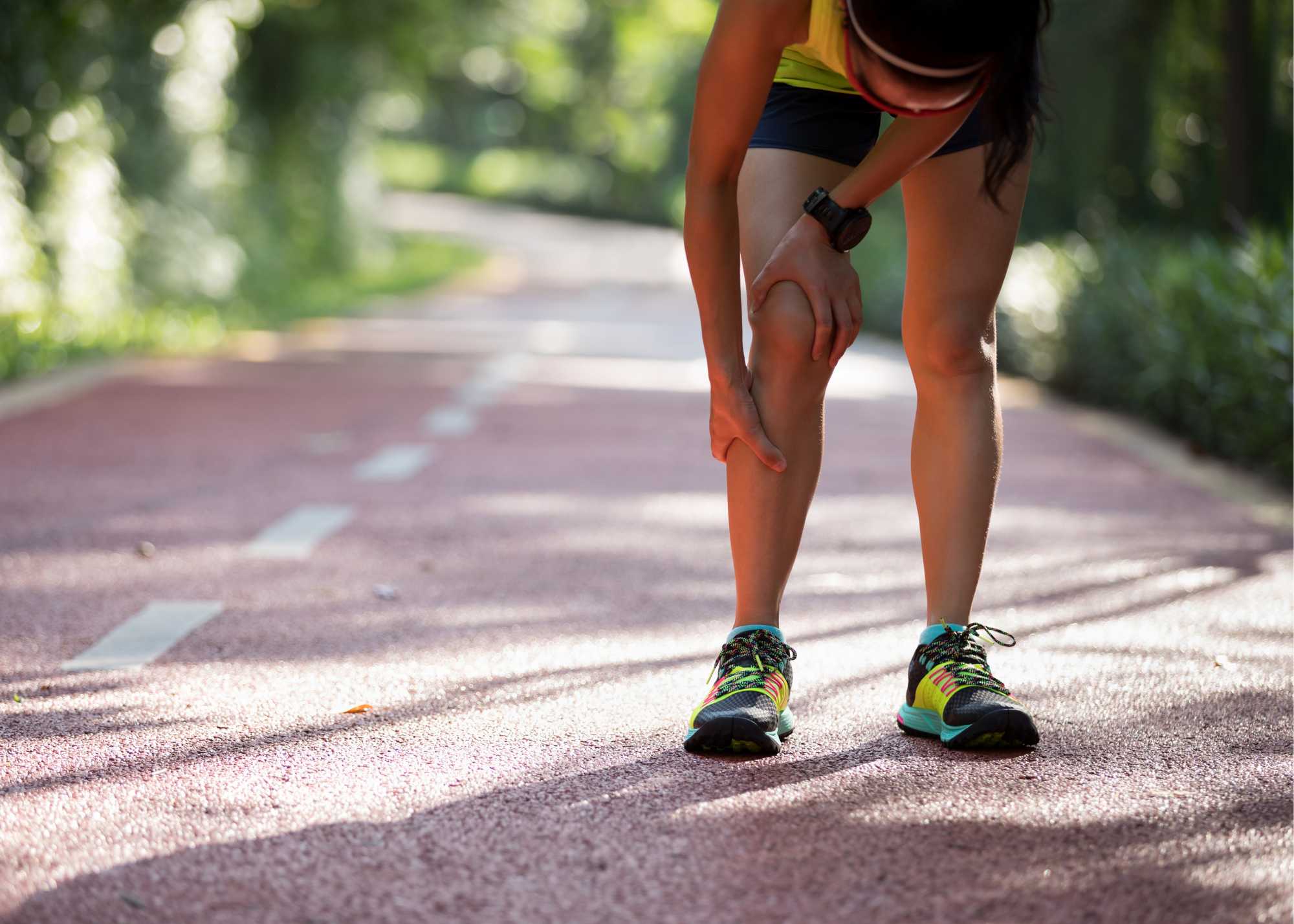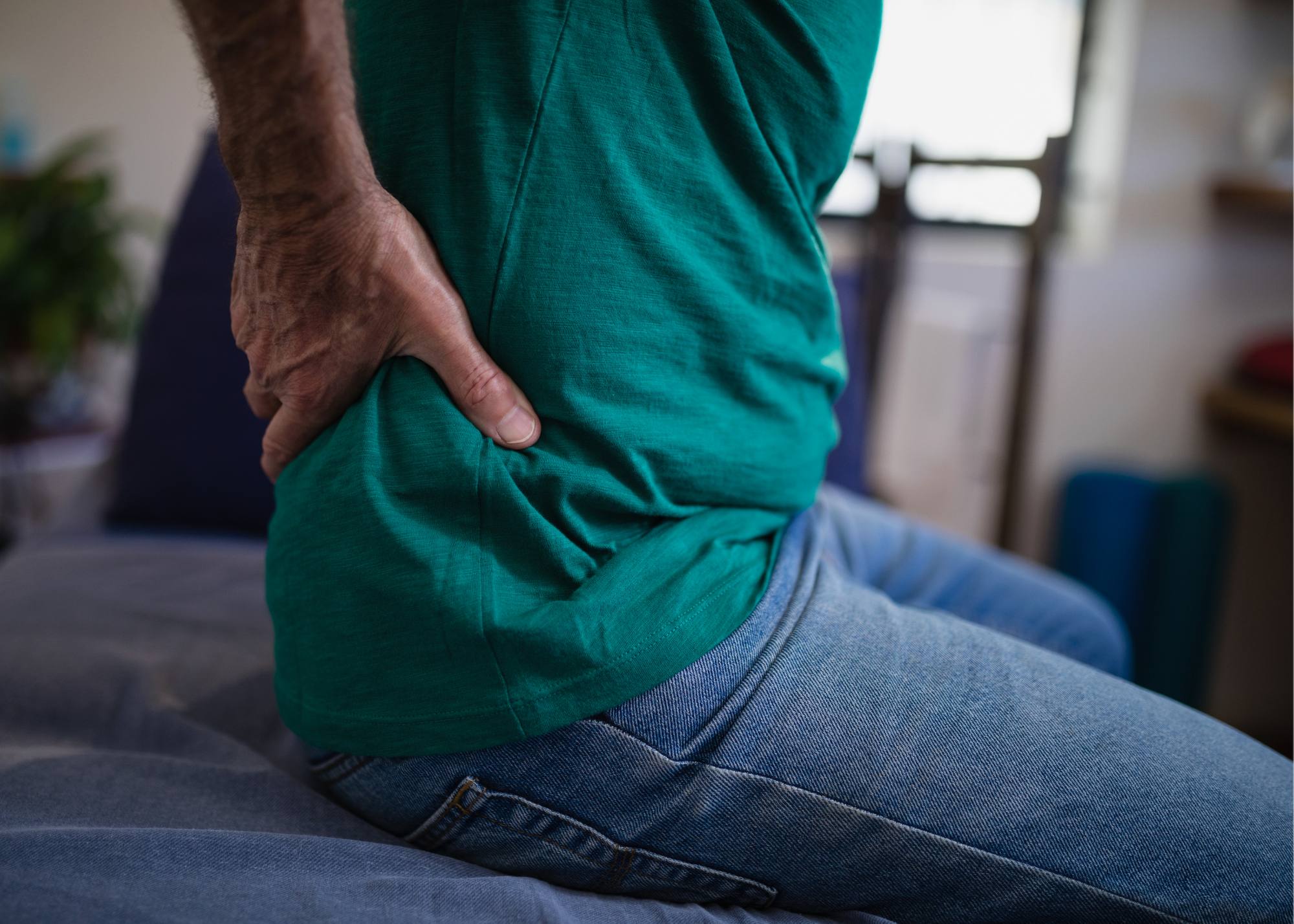5 Osteoarthritis Research Projects to Watch in 2021
It’s estimated that over 6 million Canadians have osteoarthritis – the most common form of arthritis. That number is projected to increase to 10.5 million by 2040. Osteoarthritis is not just a condition that impacts older people. More and more people under age 30 are being diagnosed with OA, causing them to potentially face a lifetime of symptoms.
Arthritis Research Canada/Arthrite-recherche Canada’s scientific team is tackling challenges faced by millions of Canadians who live with osteoarthritis. Challenges that make going to work, taking care of families, pursuing goals, remaining active and more – sometimes feel impossible. We may not be able to find a cure, but we are working every day to identify ways to prevent osteoarthritis, facilitate early diagnosis, provide new and better treatments and improve quality of life. At Arthritis Research Canada, we help people triumph over osteoarthritis because life doesn’t end after diagnosis.
Here are some osteoarthritis research projects to watch in 2021:
Preventing knee osteoarthritis post sport injury

In Canada, about 500,000 youth hurt their knees every year while playing sports. Half of them go on to develop knee osteoarthritis (OA) at a young age. The treatment of youth knee injuries tends to focus on returning to playing sports, with little emphasis on OA prevention and education following an injury. With a team of patients and healthcare providers, we have created a new online exercise-based program to help boost recovery from a knee injury and reduce the risk of osteoarthritis.
Have hip pain? Osteoarthritis may be to blame.

Hip osteoarthritis is one of the most common joint diseases and a main reason for hip replacement. Hip OA causes pain and stiffness in the hip and can make it hard to do everyday tasks. A condition called femoroacetabular impingement (FAI) may lead to OA. We previously conducted a study on people with and without FAI, and with and without hip pain. We are now assessing those same people, seven years later, using similar procedures to determine whether people with FAI, compared to those without FAI, are at greater risk of developing OA on MRI.
A super app to diagnose knee osteoarthritis

For people with knee osteoarthritis, early diagnosis and intervention before damage is advanced makes a difference. At this stage, the key to treatment is exercise, weight management, and use of the safest pain medication. We have previously developed and tested a questionnaire and a mobile app, Arthritis ID, to assist a person with knee pain to know they have knee OA with 95 per cent certainty. We have also developed free online/mobile apps, OPEN and FitViz, for people to self-manage their knee OA. We’re combining these apps into one super app to empower patients to take charge, prevent disabling pain, and improve their care.
Have osteoarthritis? Have a say in your care!

Healthcare service planning does not currently consider patient preferences and their impact on health interventions. This could lead to the introduction of programs that are not helpful to patients. This research will look at two different policies aimed at addressing wait times for surgery. The first is a referral management policy which would give patients information about wait times for different surgeons, and allow them to choose their preferred surgeon or the surgeon with the shortest wait time. The second policy would offer patients the choice of an evidence-based conservative medical management program.

Is it safe to run with knee osteoarthritis?
Physical activity is widely recommended as an effective treatment approach for knee osteoarthritis. While running has benefits for general health, many people with knee OA stop running because they are unsure if it is safe for them to keep doing activity involving impact. The goal of this study is to evaluate the effects of running on the knee joint and knee cartilage. Using magnetic resonance imaging (MRI), we will compare how knee cartilage responds to running in people with and without Osteoarthritis. This will allow us to eventually advise people with knee OA about the safety of running.























































